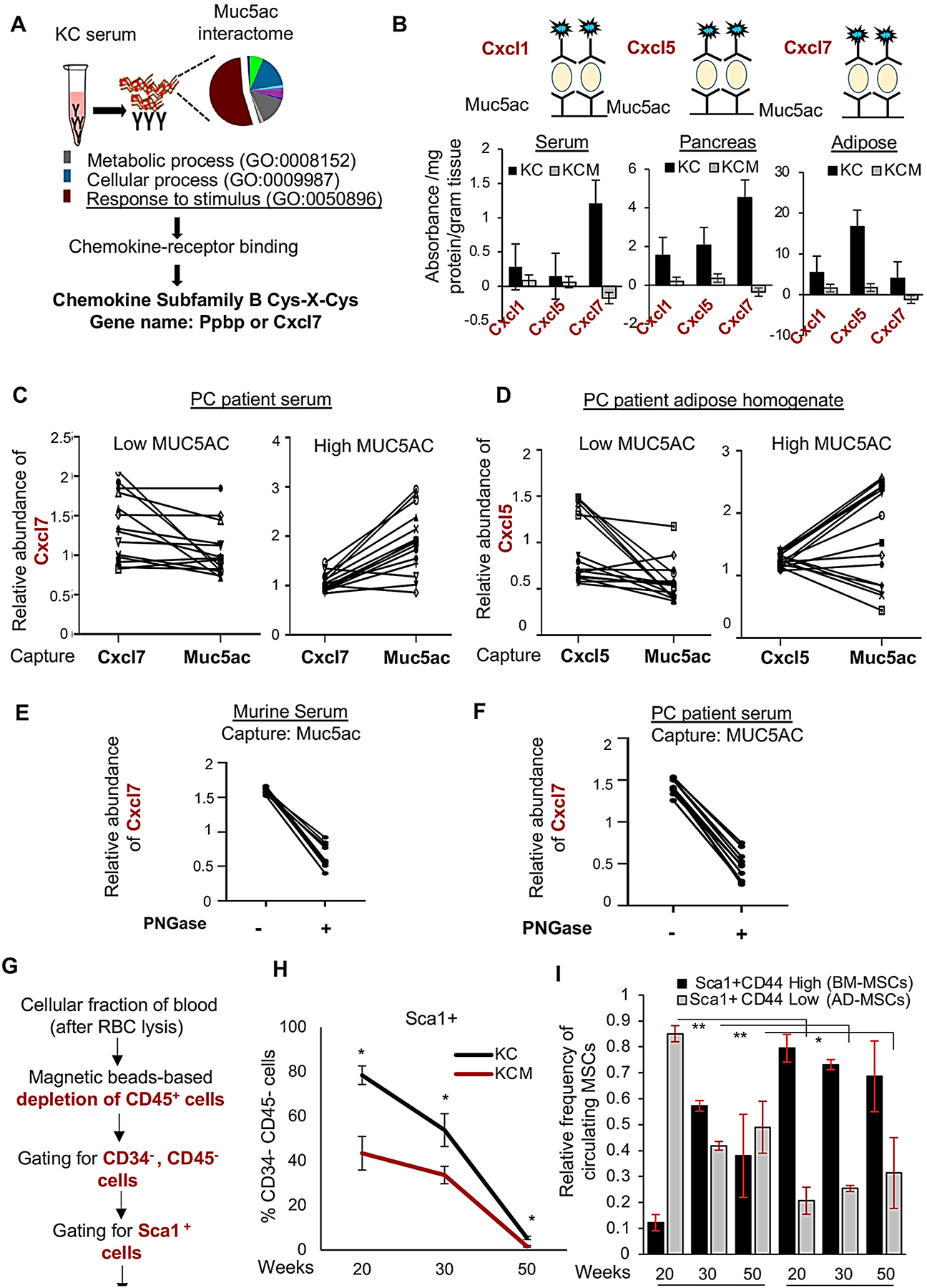Figure 4. Muc5ac scaffolds chemokines and promotes AD-MSCs’ mobilization in the systemic circulation.

(A) The peptide hits from mass spectrometry-analysis on Muc5ac immunoprecipitate from the KC serum were subjected to pathway analysis using Panther webtool. “Response to stimulus” was the top-most enriched pathway that led to “chemokine-receptor binding” upon functional classification. Subsequent candidate-based analysis led to the identification of Cxcl7 in the secreted Muc5ac interactome. (B) Sandwich-ELISA analysis demonstrates a significant abundance of CXCR2 ligands bound with Muc5ac captured from KC pancreas, serum, and adipose tissues. (C, D) Correlation plots demonstrate enrichments in the Muc5ac-bound form of Cxcl7 and Cxcl5, compared to their total (free and bound) forms in the serum and adipose of human PC patients with high MUC5AC expression; without any enrichments in the low MUC5AC-expressing group. (E, F) Correlation plot demonstrating a significant decline in the abundance of Muc5ac-bound Cxcl7 in the murine and human PC serum upon incubation with PNGase. (G) Workflow of isolation and flow cytometry-based detection of circulating MSCs. (H) Line graph demonstrates significantly higher Sca1+ MSCs in the blood of KC mice at 20 and 30 weeks, compared to age-matched KCM group (n=3/time-point/group). Subsequent analysis shows a significant decline in the CD44+CD29+ MSCs in KC blood, compared to KCM, at 30 and 50 weeks. t-test *p<0.05.
